One of the most common reasons for a flashing check engine light that doesn’t have any accompanying codes is an intermittent engine problem.
Sometimes, a problem may occur in the engine or emissions system that triggers the check engine light to flash but does not leave a permanent code.
These issues are detected by the onboard diagnostic system but do not immediately trigger a permanent code.
In this blog post, we will look at the reasons behind a flashing check engine light with no accompanying codes. We’ll explore some possible causes, discuss the importance of proper diagnosis, and provide insights on what steps you can take to address the issue.
What Causes A Flashing Check Engine Light And No Codes?
Electrical glitches and gremlins within the vehicle’s diagnostic system may result in a flashing light without any codes being displayed or sometimes there are pending codes that have been detected but not yet triggered a permanent code.
Sometimes there are codes stored but incompatible or malfunctioning OBD-II scanners can fail to retrieve these codes even though the check engine light is flashing.
Regardless of the absence of codes, it is crucial to address a flashing check engine light promptly as it signifies a significant problem.
One of the most common causes of a flashing check engine light with no codes is an intermittent electrical issue. This can be caused by a faulty ignition key, a blown fuse, a faulty PCM, or a transformer that is failing.
Here are some common causes of a flashing check engine light with no codes:
| Cause | Description |
|---|---|
| Intermittent Electrical Issues | Faulty electrical connections, loose wiring, or intermittent sensor malfunctions can trigger a flashing check engine light without generating codes. |
| Fuel Delivery Problems | Issues with the fuel system, such as a clogged fuel filter, failing fuel pump, or fuel pressure irregularities, can cause a flashing light without specific codes. |
| Ignition System Malfunctions | Faulty ignition components, such as a malfunctioning ignition coil or spark plugs, can lead to a flashing check engine light without associated codes. |
| Engine Misfires | Severe or intermittent engine misfires can trigger a flashing check engine light, but if they occur infrequently or don’t meet the criteria for a code, no codes may be generated. |
| Emission System Problems | Faulty or malfunctioning components in the emissions system, such as an oxygen sensor or catalytic converter, can cause a flashing light without specific codes. |
- Faulty Electrical Connections: Loose, corroded, or damaged electrical connections can disrupt the proper communication between various sensors, modules, or components in the vehicle. When these connections intermittently fail to provide accurate data or signals, the check engine light may flash as a result of the erratic or abnormal readings. However, if the issue is temporary and the connection is restored before a diagnostic scan is performed, no codes may be stored.
- Intermittent Sensor Malfunctions: Various sensors in the engine and emissions system play a crucial role in detecting abnormalities and triggering the check engine light. However, if a sensor intermittently malfunctions or provides inconsistent readings, it can cause the check engine light to flash without generating codes. The fault may not occur consistently enough during the diagnostic scan to trigger a code, making it difficult to pinpoint the specific problem.
- Wiring Problems: Frayed, damaged, or broken wires can lead to intermittent electrical issues. When the wiring is compromised, it can result in intermittent power supply or disrupted signals to various components, including sensors. As a result, the check engine light may flash intermittently without generating codes, as the fault is not consistently detected.
- Fuel Delivery Problems: Another common cause of a flashing check engine light with no codes is a fuel delivery problem. This can be caused by a faulty fuel pressure regulator, a clogged fuel filter, or faulty fuel injectors. When these components fail, they can cause the check engine light to flash, but there may be no codes stored in the computer.
It’s also possible for driver error to cause a flashing check engine light with no codes. For example, a faulty gas cap can cause the check engine light to come on, but there may be no codes stored in the computer.
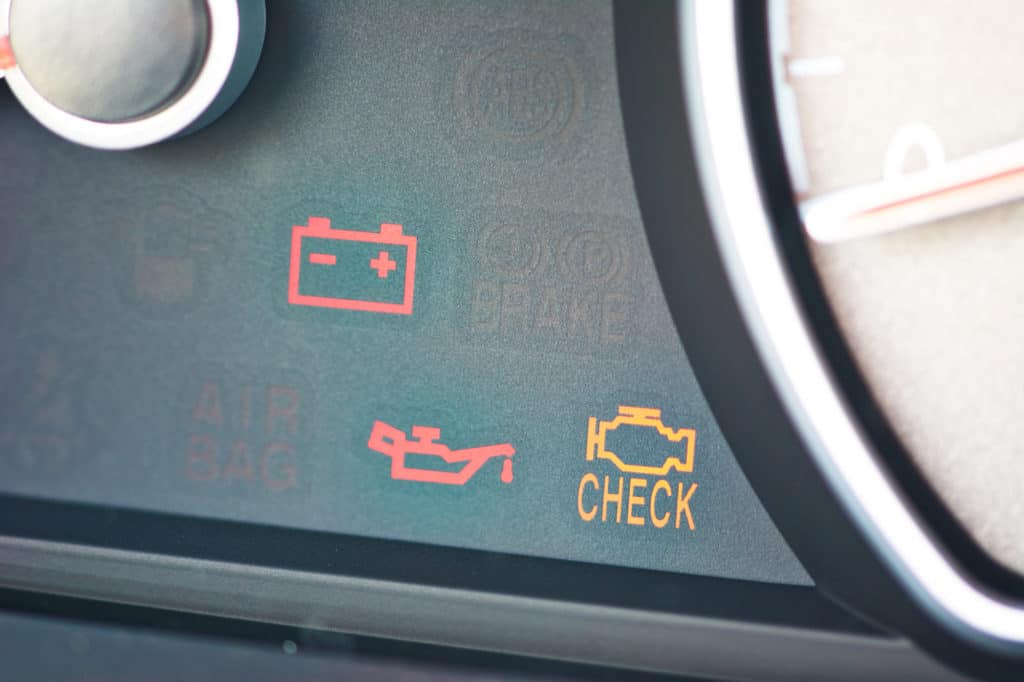
Is a Bad Fuel Filter the Cause of a Check Engine Light Flashing with No Codes?
Experiencing mysterious engine issues but no error codes? A bad fuel filter could be the culprit. Common bad fuel filter symptoms include engine misfires, power loss, and a flashing check engine light. If you suspect a bad filter, it’s best to have it inspected and replaced by a professional mechanic.
How Are Diagnostic Trouble Codes Linked To The Check Engine Light?
The check engine light can indicate a wide range of issues, from minor problems to severe malfunctions that can cause significant damage to the vehicle if left unaddressed.
By linking DTCs to the check engine light, the OBD system helps drivers and technicians quickly identify and diagnose issues, guiding them in their troubleshooting process to address problems before they become more severe.
What Are Diagnostic Trouble Codes?
Diagnostic Trouble Codes (DTCs) are alphanumeric codes generated by a vehicle’s onboard diagnostic system when it detects a problem or malfunction within one of its systems or components. DTCs serve as a crucial tool in vehicle diagnostics, providing valuable information to mechanics, technicians, and vehicle owners about the specific issue that needs attention.
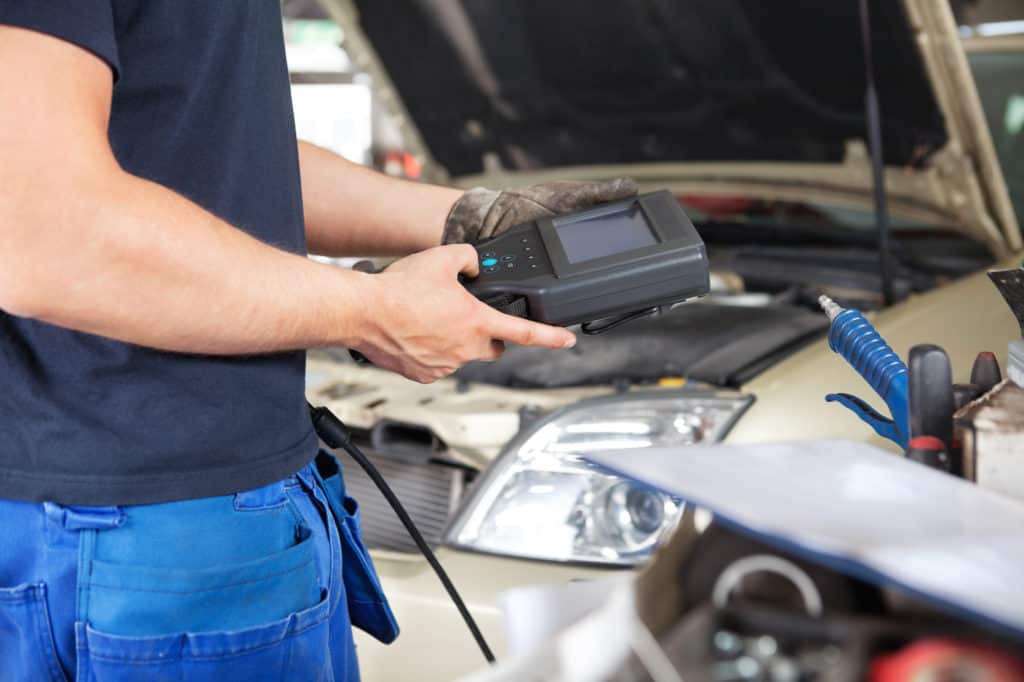
Each DTC consists of a series of numbers and letters, such as P0301 or C0567, which correspond to a specific problem area or system in the vehicle. These codes provide a starting point for diagnosing the issue and guide the technician towards the affected component or system.
What Are Pending Diagnostic Trouble Codes?
Pending Diagnostic Trouble Codes (DTCs) are codes that are stored by the vehicle’s onboard diagnostic system when a potential issue is detected, but the problem has not occurred frequently enough or met the specific criteria to trigger a permanent or “confirmed” DTC. Pending codes serve as preliminary indications of a problem that may require attention in the near future.
When a pending code is stored, it means that the vehicle’s diagnostic system has detected an irregularity or anomaly in a specific system or component.
However, until the problem is consistently detected during multiple drive cycles or reaches a certain threshold, it will remain as a pending code rather than a confirmed or active fault.
How To Diagnose The Cause Of A Flashing Check Engine Light with No Codes
The first step in diagnosing a flashing check engine light with no codes is to use a professional diagnostic tool. A basic code scanner may not be sufficient to diagnose the issue, as it may not be able to read all of the vehicle’s systems.
An advanced scanner or an OBD2 scanner may be necessary to get a more complete picture of what is going on with the vehicle.
Once a professional diagnostic readout has been obtained, the following troubleshooting steps should be taken:
- Check the drive cycle: If the vehicle has not gone through a complete drive cycle, it may not be able to detect certain issues. A complete drive cycle involves driving the vehicle for a set amount of time at various speeds and under different conditions. Consult the vehicle’s owner’s manual for information on how to perform a complete drive cycle.
- Check the fuses: A blown fuse can cause the check engine light to come on and can also prevent the diagnostic tool from communicating with the vehicle’s systems. Check the vehicle’s owner’s manual for information on the location and function of the fuses.
- Check for Loose or Damaged Connections: Inspect the electrical connections related to the engine and emission control systems. Look for loose, corroded, or damaged connectors, wires, and harnesses. Ensure all connections are secure and free of debris. Faulty connections can cause intermittent issues that trigger a flashing light without generating codes.
- Monitor Symptoms: Pay close attention to any accompanying symptoms, such as engine misfires, rough idling, loss of power, or unusual noises. Note when the flashing check engine light occurs and under what driving conditions. Gathering specific details about the symptoms can help narrow down the possible causes.
- Conduct Visual Inspections: Perform a visual inspection of engine components, such as spark plugs, ignition coils, and vacuum lines. Look for signs of damage, wear, or leakage. Inspect the air intake system, including the air filter and intake ducts, for any obstructions or defects.
- Test Fuel System: Check the fuel system components, including the fuel pump, fuel injectors, and fuel pressure regulator. Verify that fuel delivery is adequate and that there are no blockages or leaks in the system.
- Inspect Emission Control Components: Examine the oxygen sensors, catalytic converter, and exhaust system for any signs of damage, contamination, or malfunction. Faulty emissions components can lead to a flashing check engine light even without codes.
- Scan with Advanced Diagnostic Tools: If the initial inspections don’t reveal the cause, consider using advanced diagnostic tools that can access additional data and perform more extensive tests. These tools, such as a professional-grade OBD-II scanner, can help retrieve enhanced trouble codes, view live sensor data, and perform system tests specific to your vehicle.
- Seek Professional Assistance: If you’re unable to identify the cause or lack the necessary tools and expertise, it’s advisable to consult a qualified mechanic or dealership. They have access to specialized diagnostic equipment and in-depth knowledge to diagnose complex issues accurately.
As an Amazon Associate we earn from qualifying purchases.







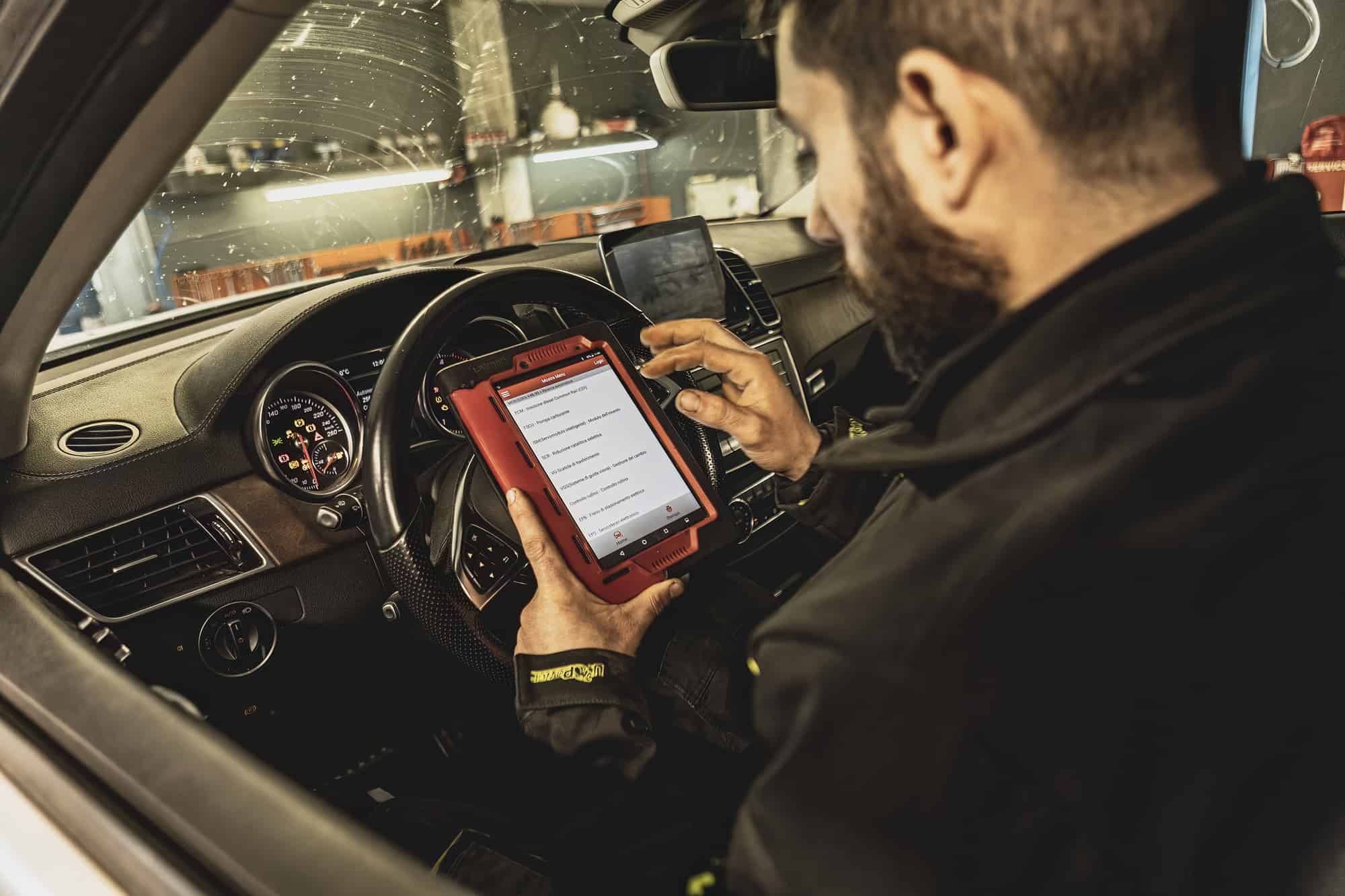
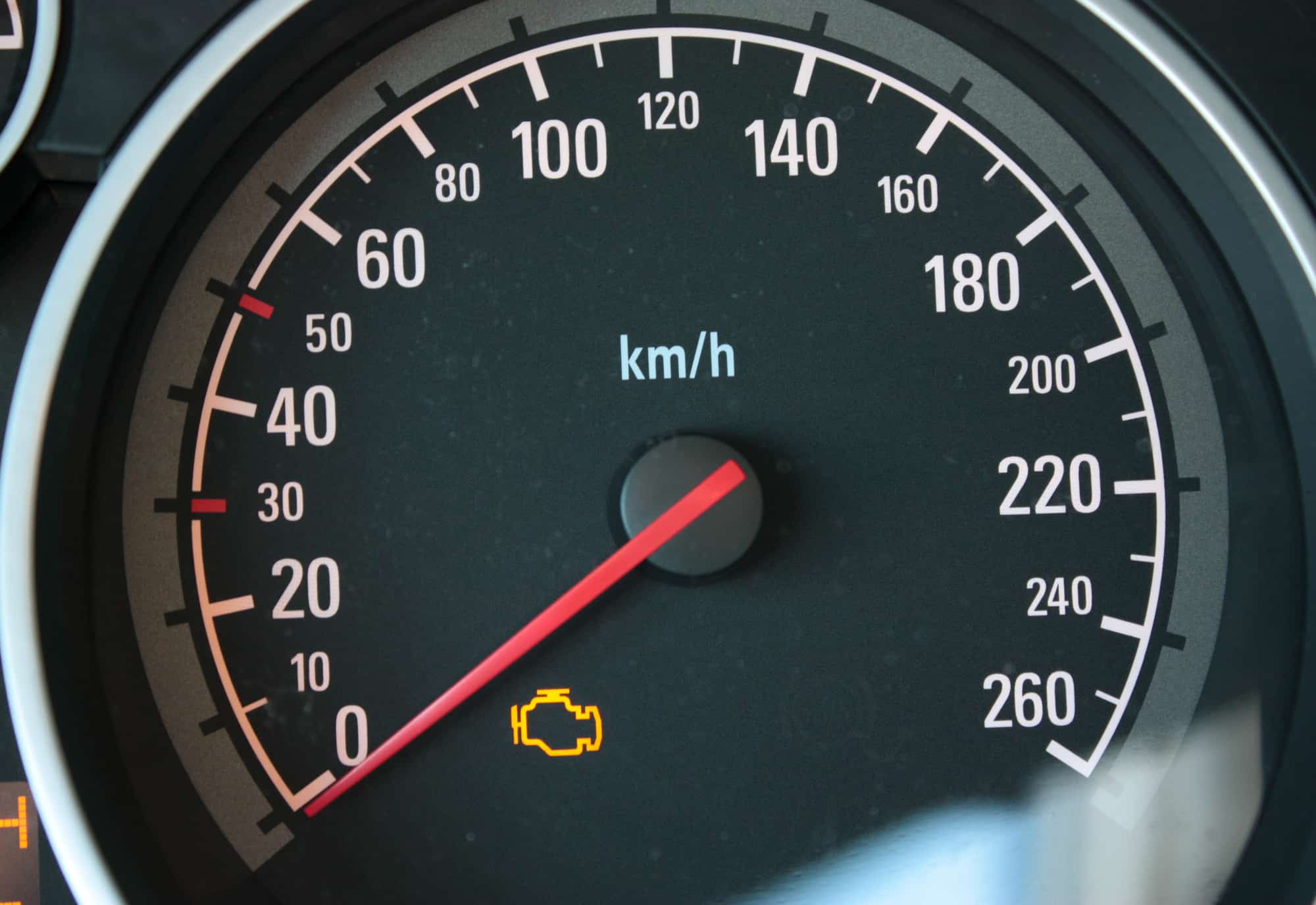
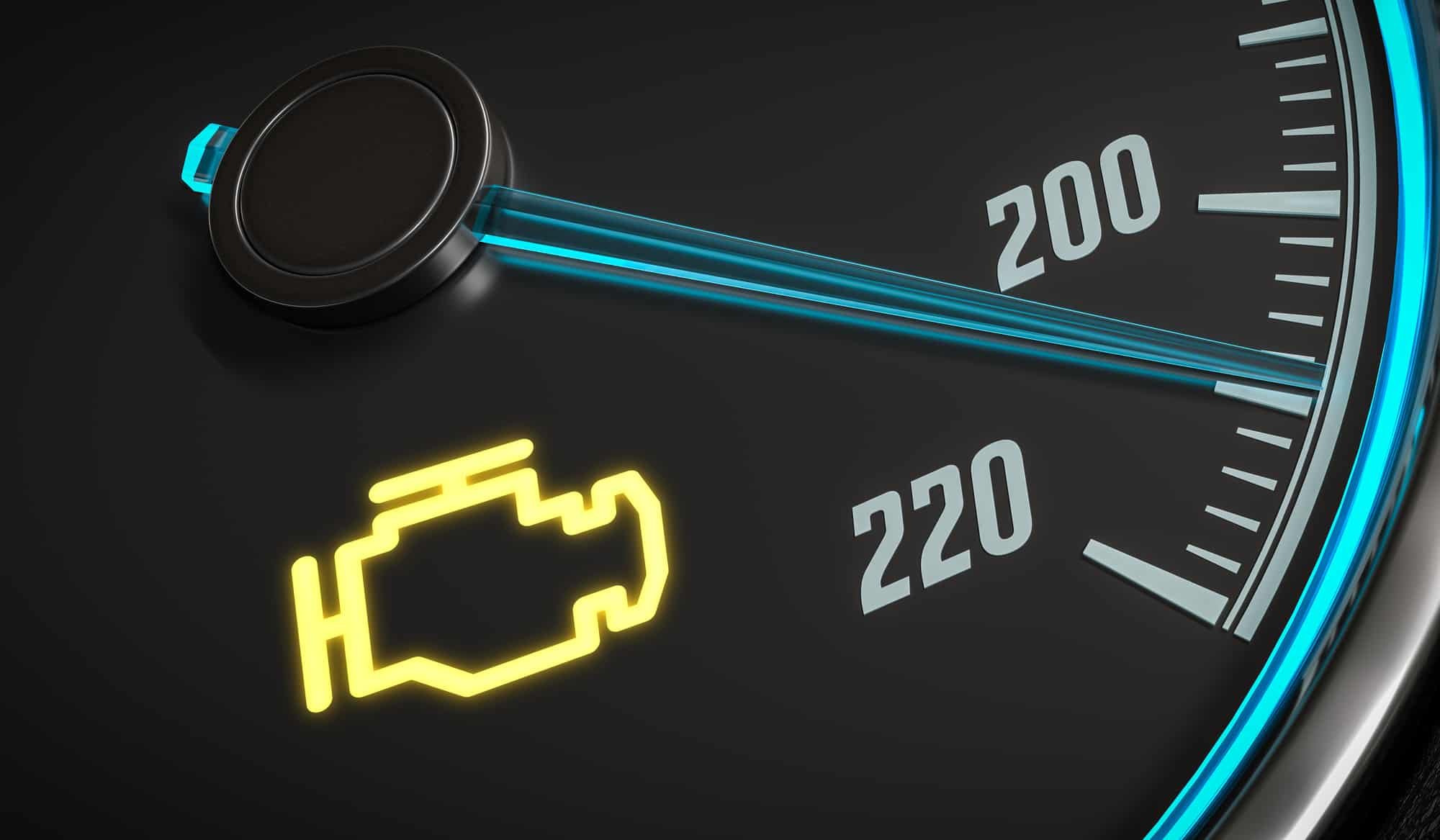
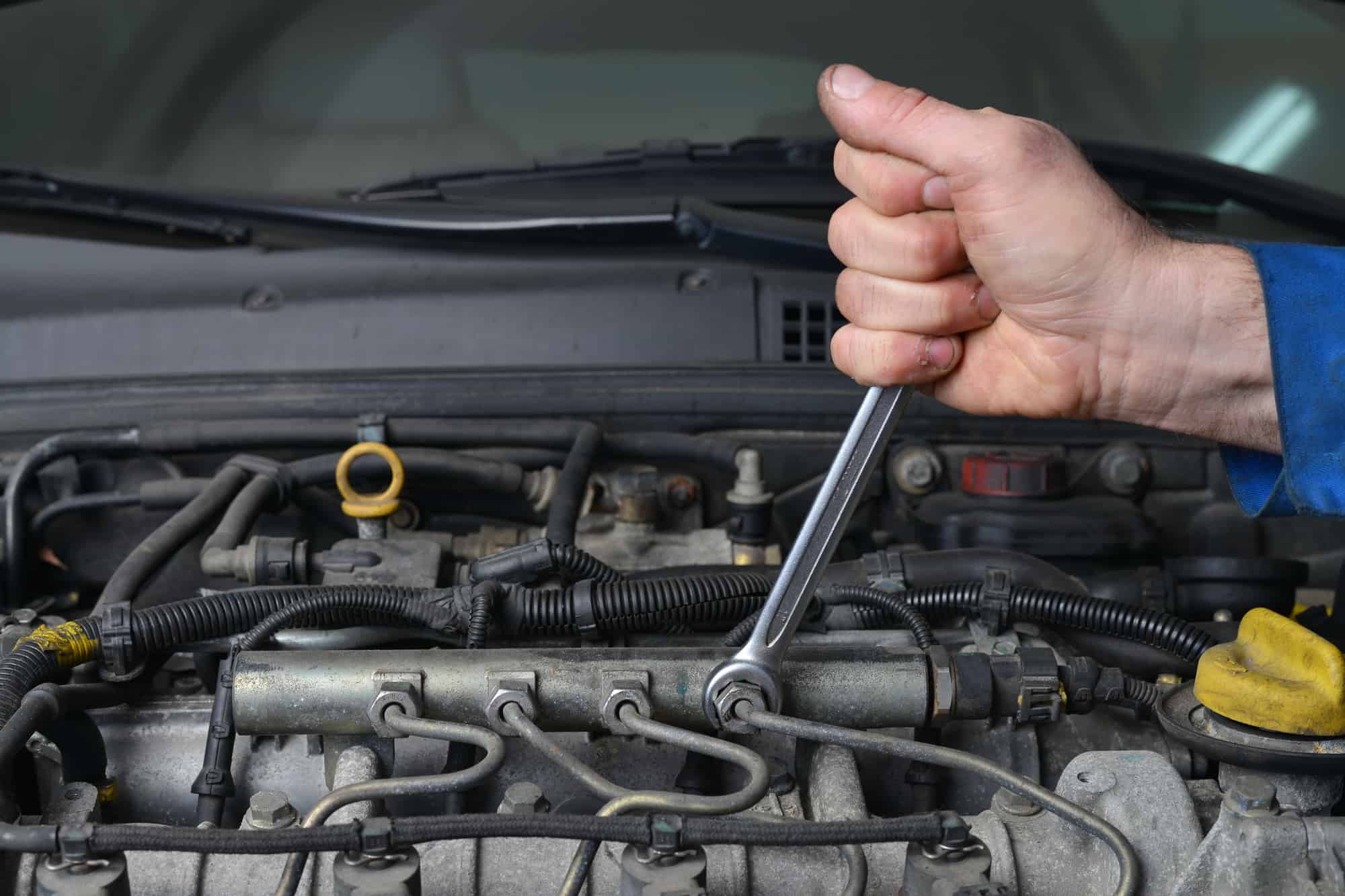
My car’s check engine light has been flashing intermittently, but when I use my basic OBD-II scanner, it doesn’t show any error codes. How can I properly diagnose the issue to find out what’s wrong if my scanner isn’t picking up any codes?
I’ve noticed my check engine light flickers occasionally but doesn’t stay on, and when I use my basic OBD-II scanner, it doesn’t show any error codes. Could this intermittent flickering be a sign of a significant problem even though no codes are being displayed?